Bluetick Coonhound
Bluetick Coonhound is a hunting dog breed known for its intelligence and sweetness. The hallmark of these dogs is their mottled black and blue pattern on the coat. Although they were bred for hunting, these days, they are more and more popular as companions.
In the past, they have mainly been used for raccoon hunting. Bluetick Coonhounds are very affectionate dogs that will be devoted to their families. This hunting breed was created in the US. Here are the most important things you should know about the amazing Bluetick Coonhound.
FUN FACT: Because of their loud barking, hunters can easily follow the dog from a great distance, even at night.

Height:
21-27 in (53-69 cm)

Weight:
45-80 lb (20-36 kg)

Origin:
USA

Life Expectancy:
11-12 years
Dog Breed Characteristics
Appearance
They are a sturdy and well-muscled breed, standing 21-27 in tall. These dogs typically weigh between 45 and 80 pounds. Bluetick Coonhounds have typical hound characteristics, such as an elongated head, soulful brown eyes, and long, pendulous ears that frame the face.
They should have a muscular chest and a well-proportioned body. Their tail is thick and robust. They were developed specifically to have long legs, which are required for such active hunting breeds. They are quick and have a lot of stamina, which allows them to work nonstop.
Coat type and color
Their tri-colored coat should be shiny and straight. They should have a light-colored base coat with dark blue and fawn speckles overlying it if bred for their beautiful markings. They should have dark mottling on their back and sides, as well as tan markings on their lower legs and face.
The coat should usually be dominated by the deep, dark blue color they are famous for.
Temperament
Coonhounds are alert, lively dogs that require consistent training. They are exceptionally devoted pets once bonded to their owner and can make excellent companions. While they get along well with children with whom they have grown up, it is prudent to supervise them in the presence of children.
They should not be left alone with cats or other small animals due to their natural hunting instincts.
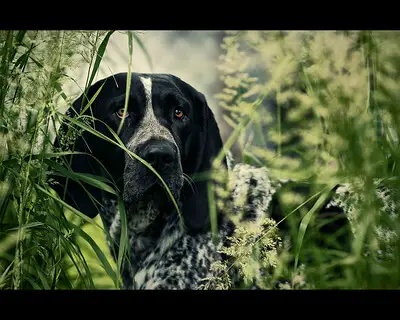 Photo by: Zach Boumeester
Photo by: Zach Boumeester
This is not the breed of dog for you if you dislike barking or have irritable neighbors who live nearby. They are very vocal, and having a “good hound dog bawl” is considered advantageous in the breeding community. Of course, they need this “bawl” to be good hunting dogs and alert their owners to the prey they have caught or forced up a tree.
They are known colloquially as “free-tonguers,” and they enjoy displaying a variety of loud barks and howls while hunting.
The Bluetick Coonhound is known as a hardy dog because it is not afraid to work on almost any terrain in wet or windy conditions.
Care guide
One of the most important things a dog owner can do is have a great relationship with their veterinarian. Vets can assist them in developing a fantastic care routine that will aid in the care of this amazing breed. Bluetick Coonhound owners must, of course, maintain regular vet visits, but that is not the only aspect of care these dogs require. The following are the most important aspects of Bluetick Coonhound care.
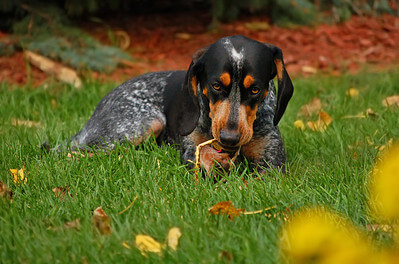 Photo by: Zach Boumeester
Photo by: Zach Boumeester
Grooming
Because of their low maintenance and “easy to care for” coat, this breed requires only an occasional brushing. Unfortunately, they shed more than one would expect from a short-haired dog. As a result, they are not suitable for allergy sufferers or those who like to keep their homes clean.
Their long pendulous ears must be checked and cleaned regularly. Because Bluetick Coonhounds have long, floppy ears, they are prone to ear infections. It is critical that their caretakers keep their ears clean and healthy. The most effective method is to use pH-balanced ear cleaners.
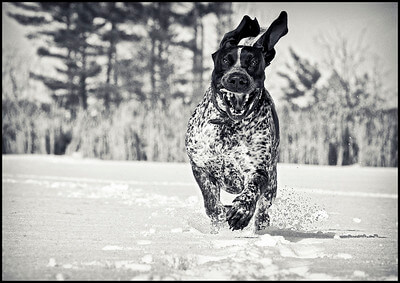 Photo by: Zach Boumeester
Photo by: Zach Boumeester
These dogs will also require teeth brushing and nail clipping. They can, however, wear their nails out due to their high level of activity. Nonetheless, keep an eye on them and don't let them get too big. Brushing the dog's teeth daily is recommended, but brushing the dog's teeth 2-3 times per week can help prevent periodontal disease.
Training
Training the Bluetick Coonhound can be difficult because they are easily distracted by various scents they come across. They are passionate hunters whose lives can be ruled by their instincts when they are outside. They are known for their tenacity and will not easily give up on a scent.
As a result, they should not be left unattended in wide-open spaces, as it is common for them to forget about their owner when an enticing smell is in the air.
Because of their tendency to be headstrong, they should begin training at a young age. Positive reinforcement works best for them. Because they can be pretty sensitive, it is not recommended to train them harshly. This may result in avoidance behaviors and achieve the opposite effect.
Their trainer must be patient and understanding, and they may be given food treats, which are usually well received.
Exercise needs
Bluetick Coonhounds, without a doubt, require a lot of exercise. They are especially happy when hunting or tracking, and they make excellent hiking companions. They would not be suitable for a “couch potato” owner but would be ideal for a family who enjoys an active outdoor lifestyle.
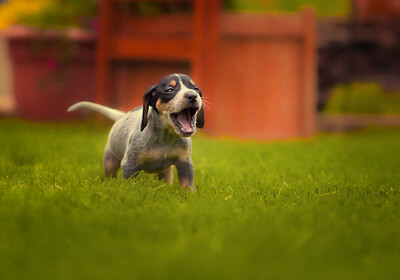 Photo by: Zach Boumeester
Photo by: Zach Boumeester
They enjoy being outside in the fresh air, and if they do not get enough exercise every day, they may become bored and destructive at home. However, once properly exercised, they are usually content to relax indoors with their family and enjoy a plump cushion or two by the fire.
Socialization
Bluetick Coonhounds are hunting dogs. That means if you want to keep one as a pet, you'll need to spend a lot of time socializing it. Their hunting instincts are strong, so they can perceive smaller animals as prey. This is an essential process for these dogs, and you should begin it as soon as you bring home a Bluetick puppy.
Before exposing the puppy to different sights, sounds, dogs, and people, make sure they are fully vaccinated. When your veterinarian gives you the all-clear, take your pup to different places, such as dog parks, where they can learn social rules and appropriate responses to various situations.
Bluetick Coonhounds and kids
Because these dogs are quite large, smaller children may be easily scared or, worse, knocked over. Bluetick Coonhounds are best suited to families with older children. Older children understand how to safely interact and play with such a dog, which is critical for the safety of all parties involved. If you have older children, these dogs will become their playmates and companions for the rest of their lives.
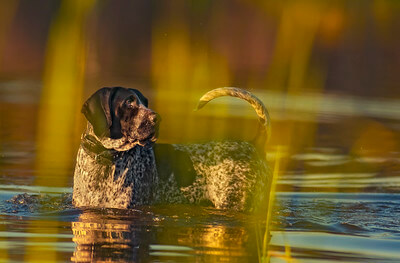 Photo by: Zach Boumeester
Photo by: Zach Boumeester
Bluetick Coonhounds and other pets
Bluetick Coonhounds are accustomed to hunting alone and in packs, so they usually get along well with other dogs. However, because of their high prey drive, they can be difficult to socialize with other, smaller pets such as cats, ferrets, or guinea pigs. These dogs are hunters, and they may mistake smaller animals for prey.
However, Blueticks can learn to get along with everyone if raised together.
Health
The Bluetick Coonhound is a healthy breed with a life expectancy of 10 to 12 years. However, their owners must ensure that the dog's needs are met and that they get enough exercise. Like most purebred dogs, this breed can develop several health issues. These are some of the potential health issues:
- Ear infections - Because of their long, heavy ears, Bluetick Coonhounds are prone to ear infections throughout their lives. Any excessive shaking or scratching of the ears, as well as the presence of a foul odor, should be investigated further.
- Bloat - Any deep-chested breed is susceptible to this often fatal condition. Bloat, also known as gastric dilatation, is a true emergency that necessitates immediate veterinary care.
- Coonhound paralysis - This is a rare progressive paralysis known technically as Acute Canine Idiopathic Polyradiculoneuritis. While the exact cause is unknown, this is a disease that frequently (but not always) affects dogs who have come into contact with raccoon saliva.
- Hip dysplasia - This is a common orthopedic condition involving the hip joints. Failure to form the hip joint properly in a developing dog results in an inadequate joint that cannot function properly.
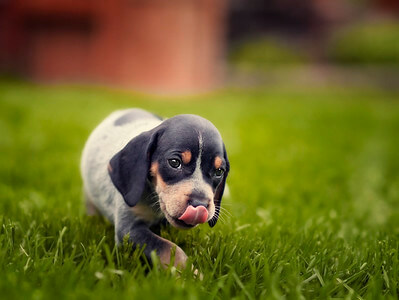 Photo by: Zach Boumeester
Photo by: Zach Boumeester
Bluetick Coonhound breeders
If you believe the Bluetick Coonhound will be an excellent addition to your family, the next step is to locate the best Bluetick Coonhound breeder. However, you must ensure that the breeder has a good reputation and excellent breeding practices.
That is the only way to ensure that your Bluetick puppy is healthy. Ask the breeder as many questions as you want about this breed, and we're confident they'll gladly address any concerns you have and shower you with helpful advice.
World Dog Finder team

Updated at07.09.2023.
Breed History
In fact, there are six types of Coonhounds recognized in the United States, where they originated. These breeds are all descended from French, English, and Irish dogs brought to the southern states of the United States during the Colonial period for fox hunting.
In the early 1900s, the Bluetick Coonhound was created by breeding the Bleu de Gascogne and a variety of Foxhounds (including the American Foxhound and English Foxhound). When they were first developed, these hounds were frequently divided into groups based on where they were discovered in the United States, resulting in several lines, including:
- Sugar Creek
- Ozark Mountain
- Old Line
- Bugle
- Smokey River
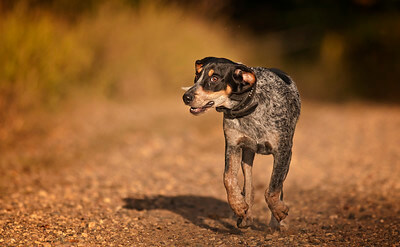 Photo by: Zach Boumeester
Photo by: Zach Boumeester
Despite being very similar to the American English Coonhound, Blueticks were recognized as a distinct breed in the 1940s. Puppies born at this time with red “ticking” were initially referred to as “English Coonhounds,” while those born with blue “ticking” were referred to as “Bluetick Coonhounds.” In fact, the English Coonhound is still known as the “Redtick Coonhound” today.
The Bluetick Coonhound, a classic scent hound, will naturally follow prey by the trail of scent it leaves behind. Interestingly, they are classified as “cold-nosed dogs,” which means they can follow old (or cold) trails for days or even weeks after the animal has vanished. When hunting, the Bluetick is slower and more determined than other Coonhounds.
They will typically chase their prey up a tree and then “howl” or “bawl” to alert the hunter, who will then allow the hound to go ahead of them during the hunt. This is why, while their distinctive bark is often irritating to modern owners, it is fundamentally important.
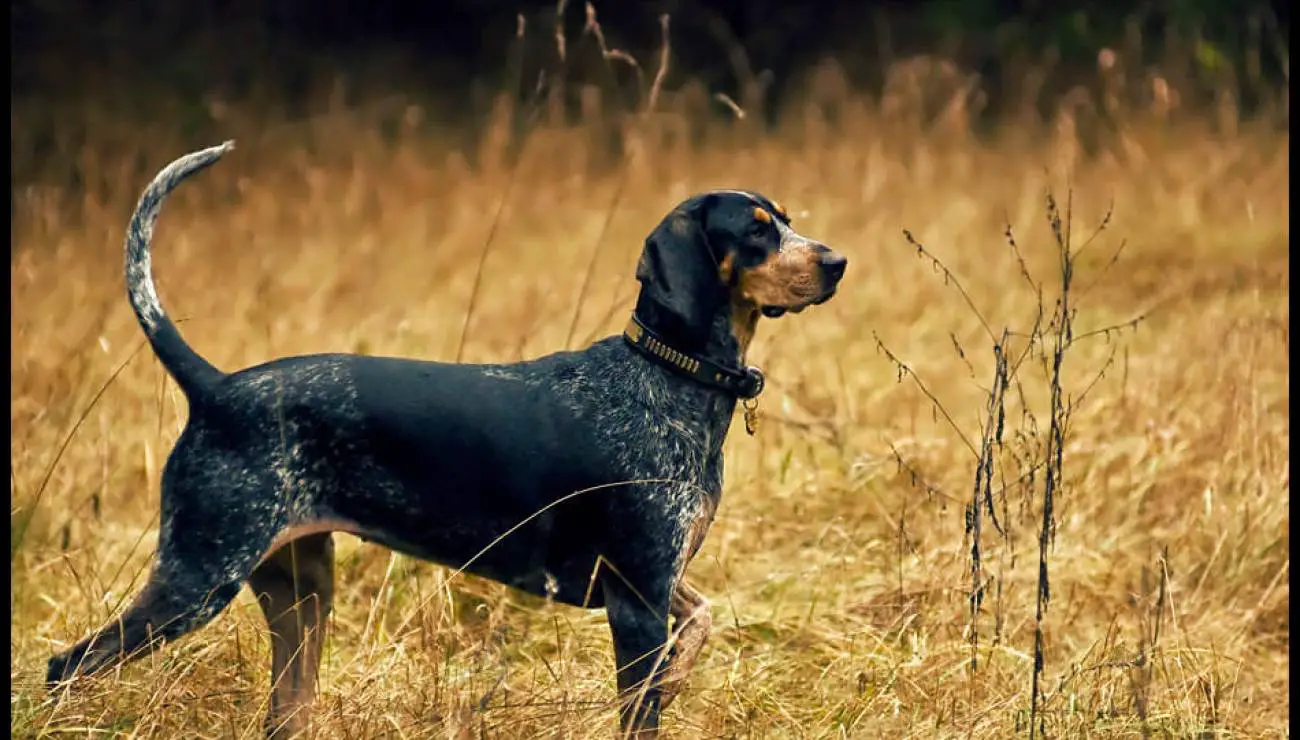
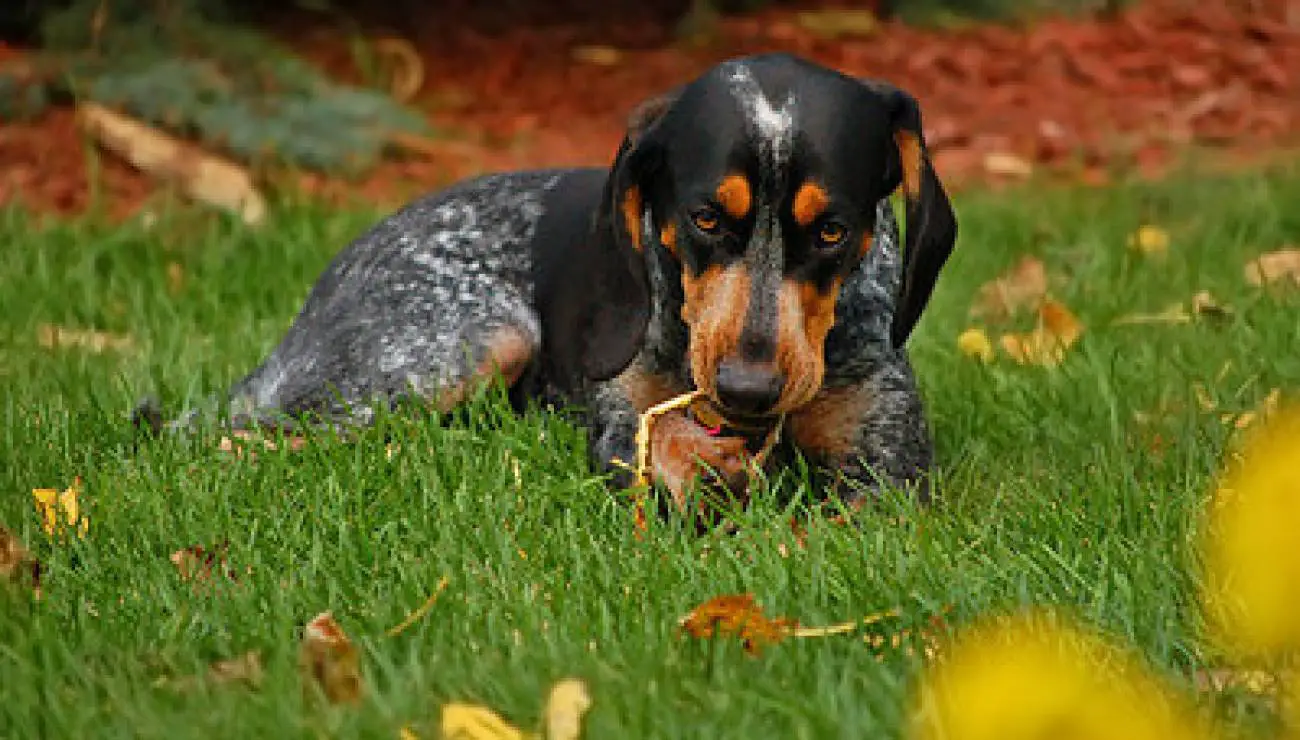
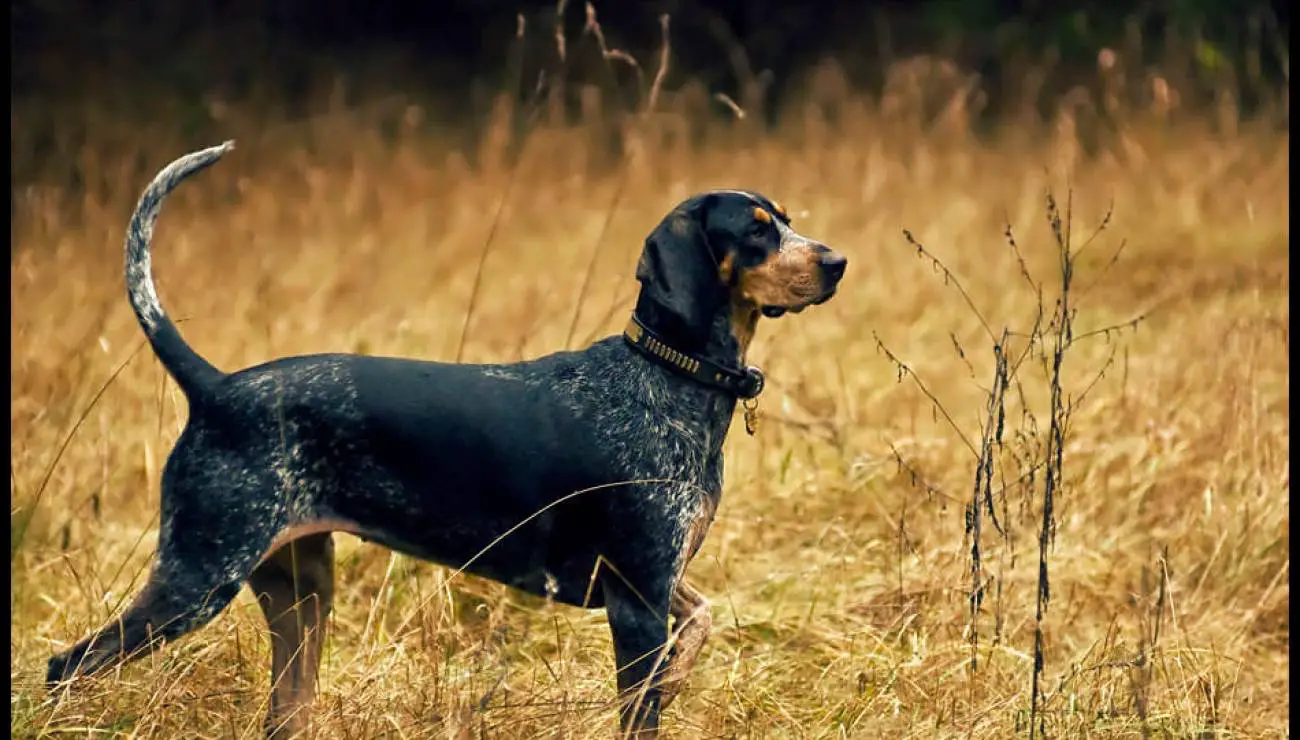
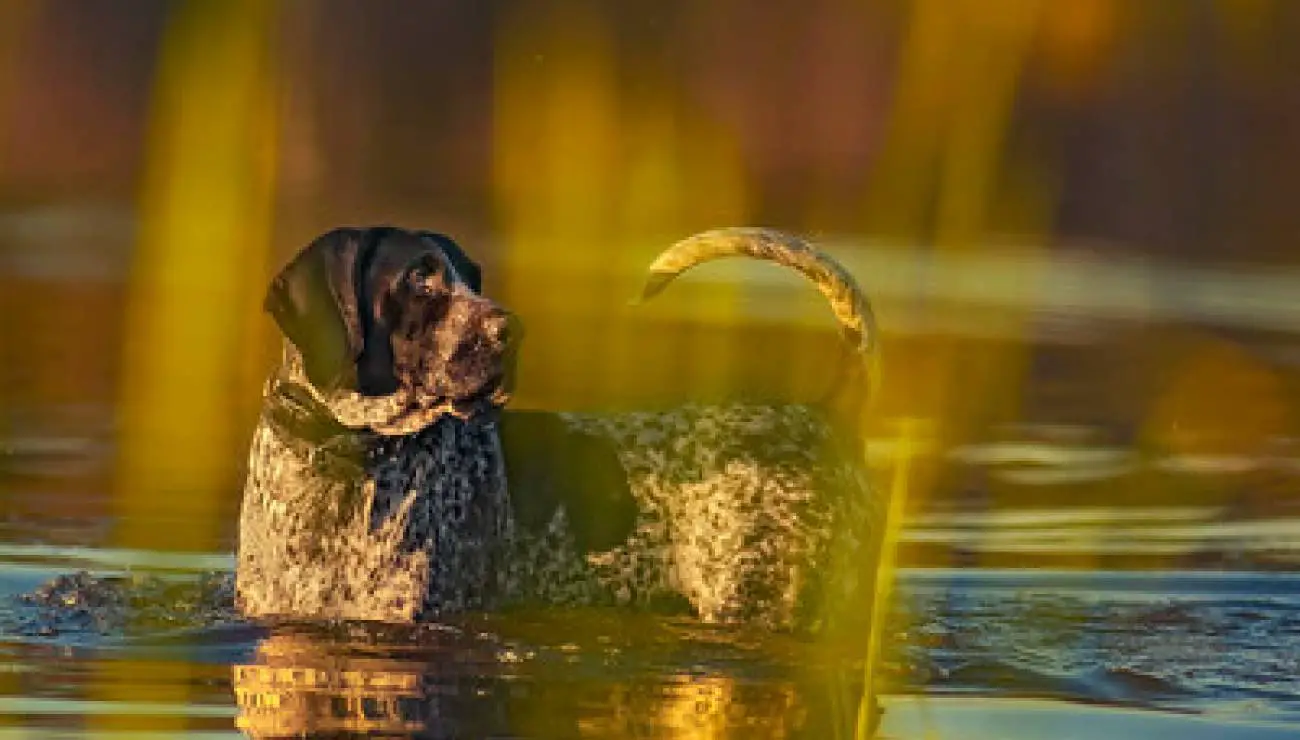
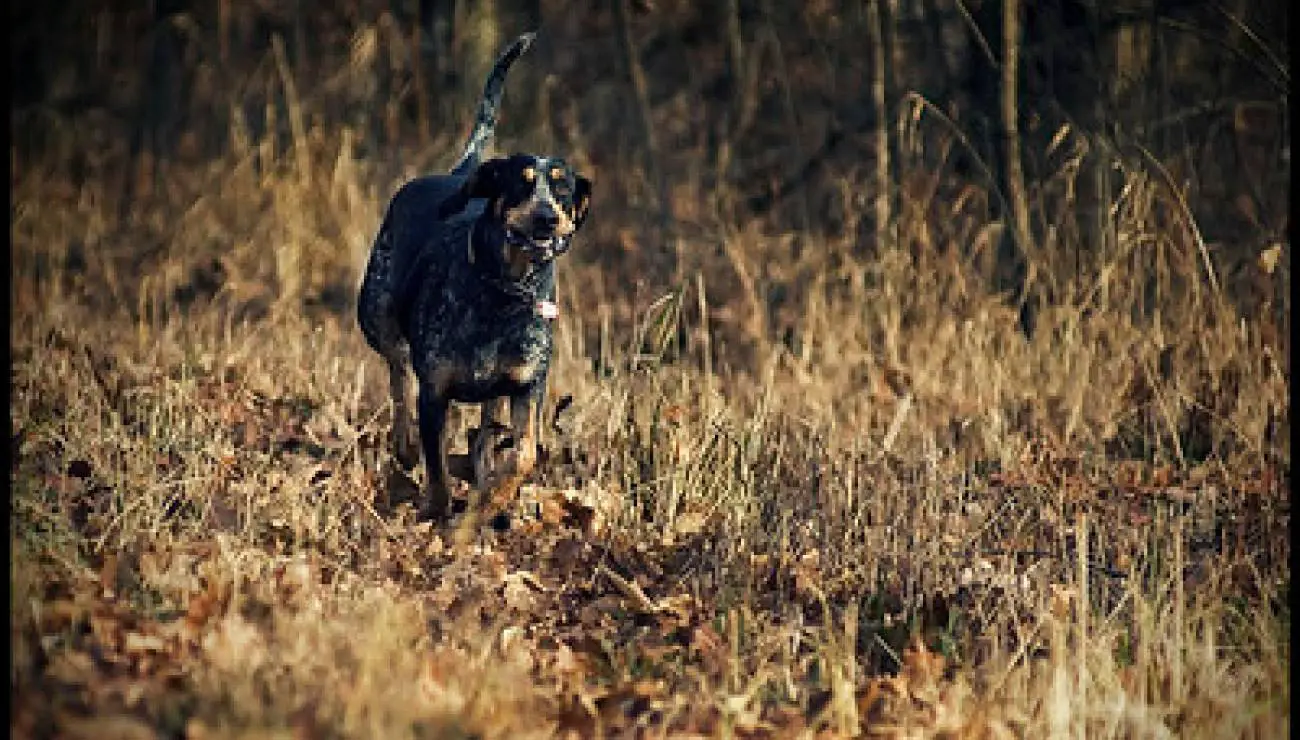
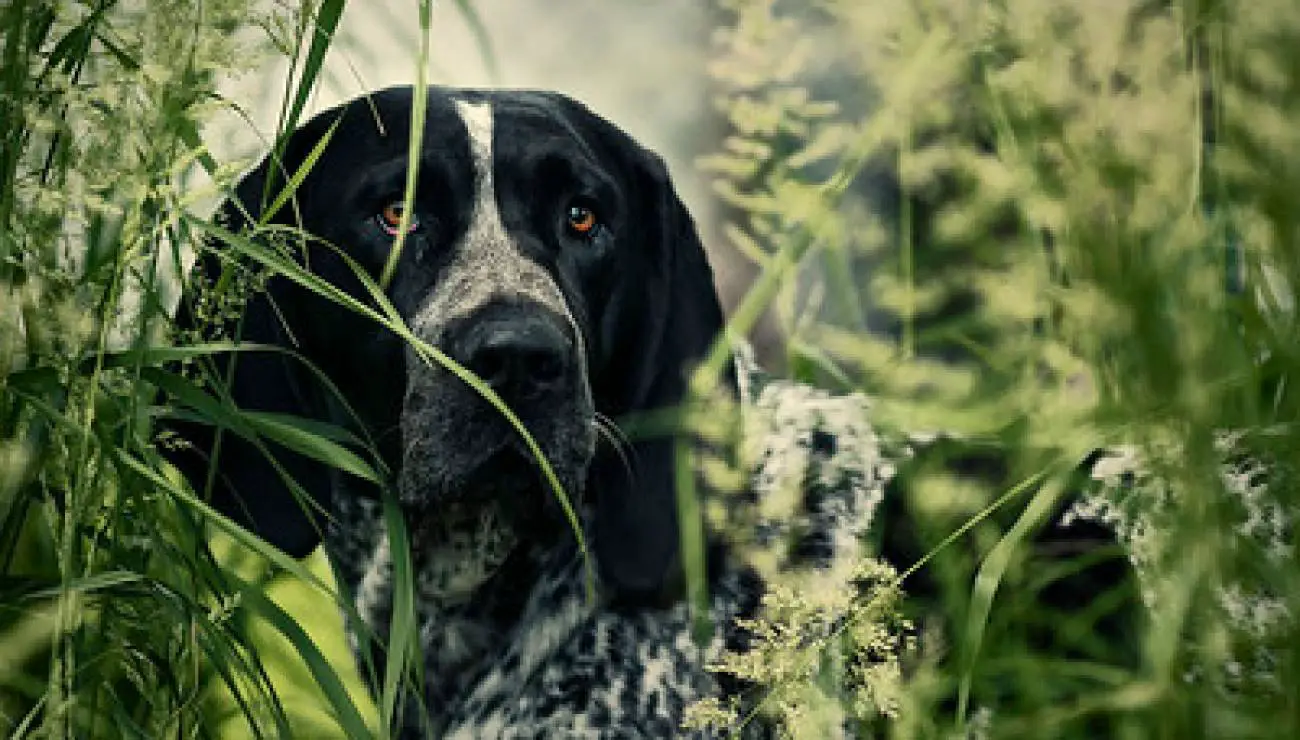
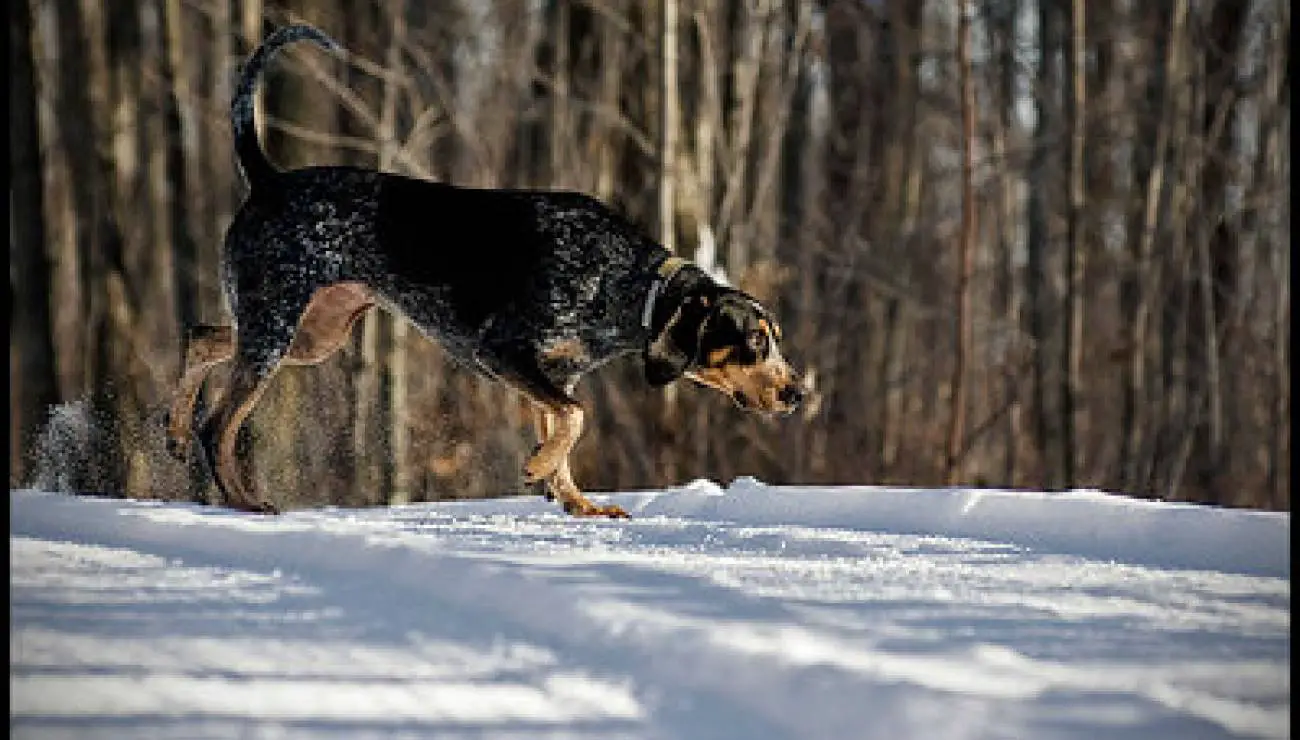
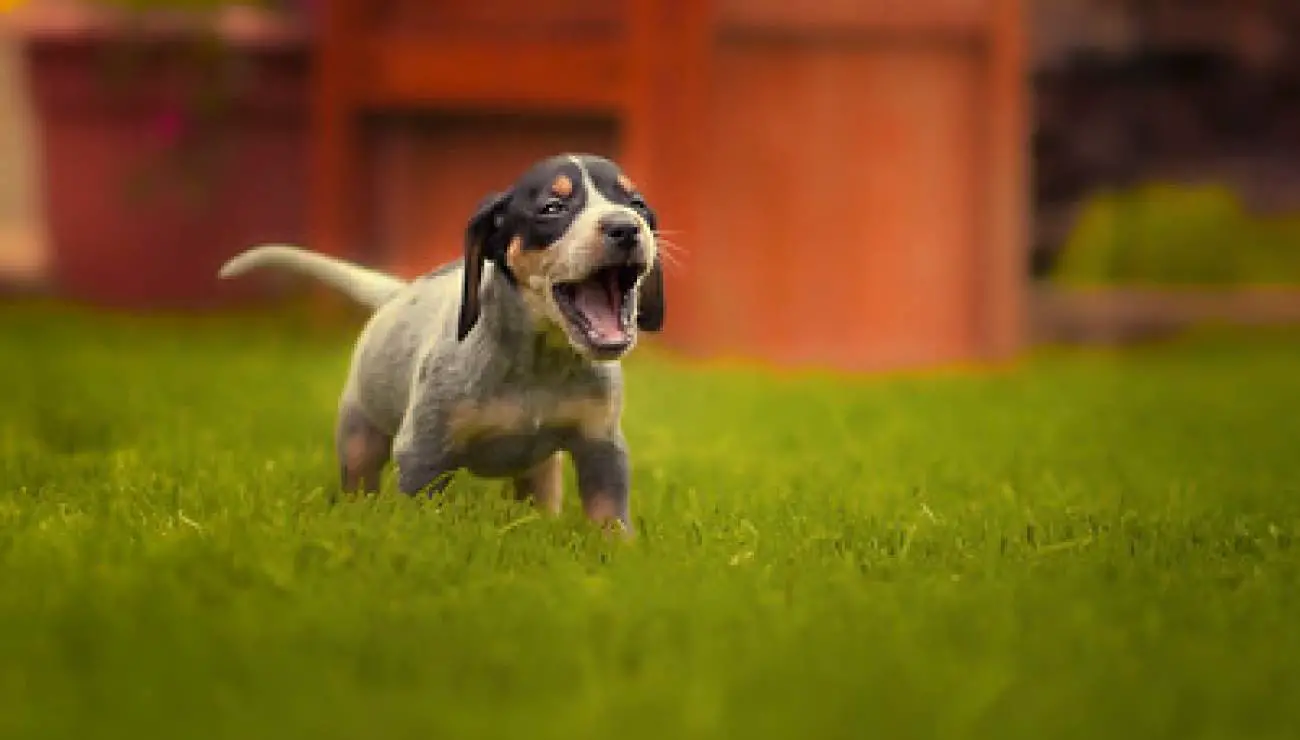
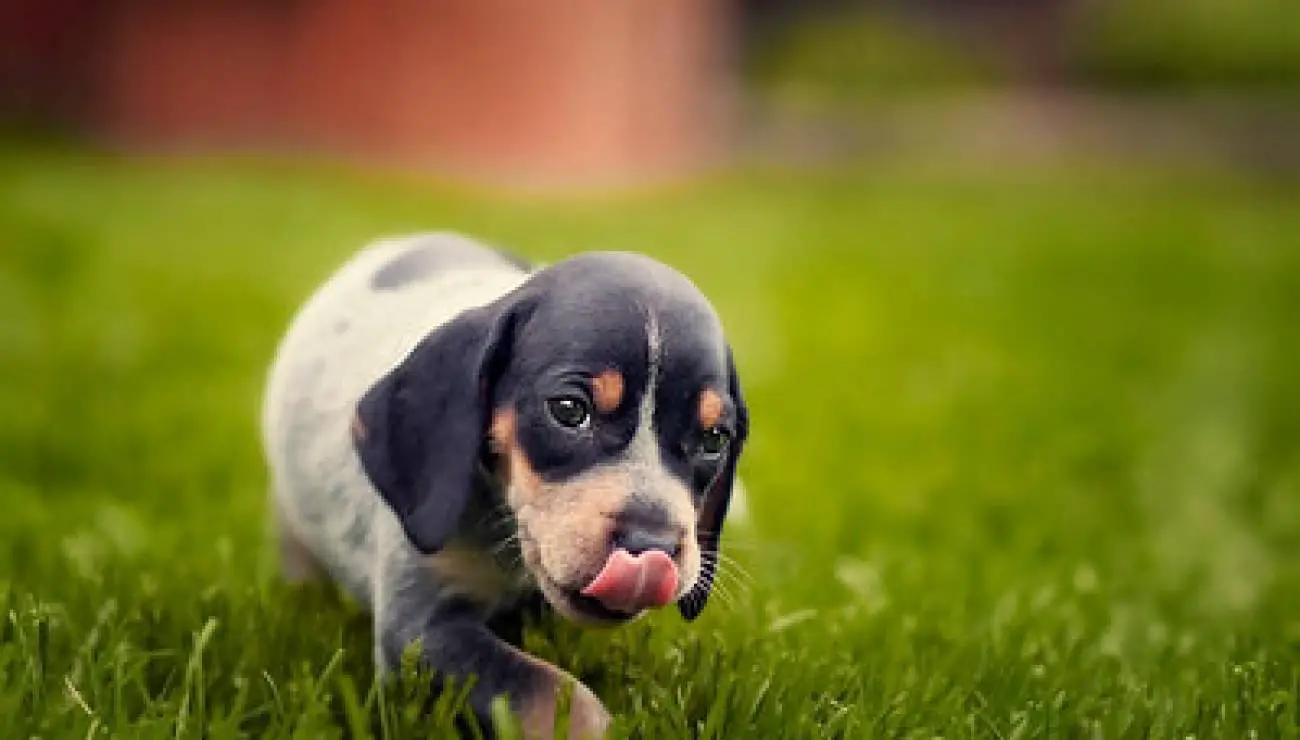
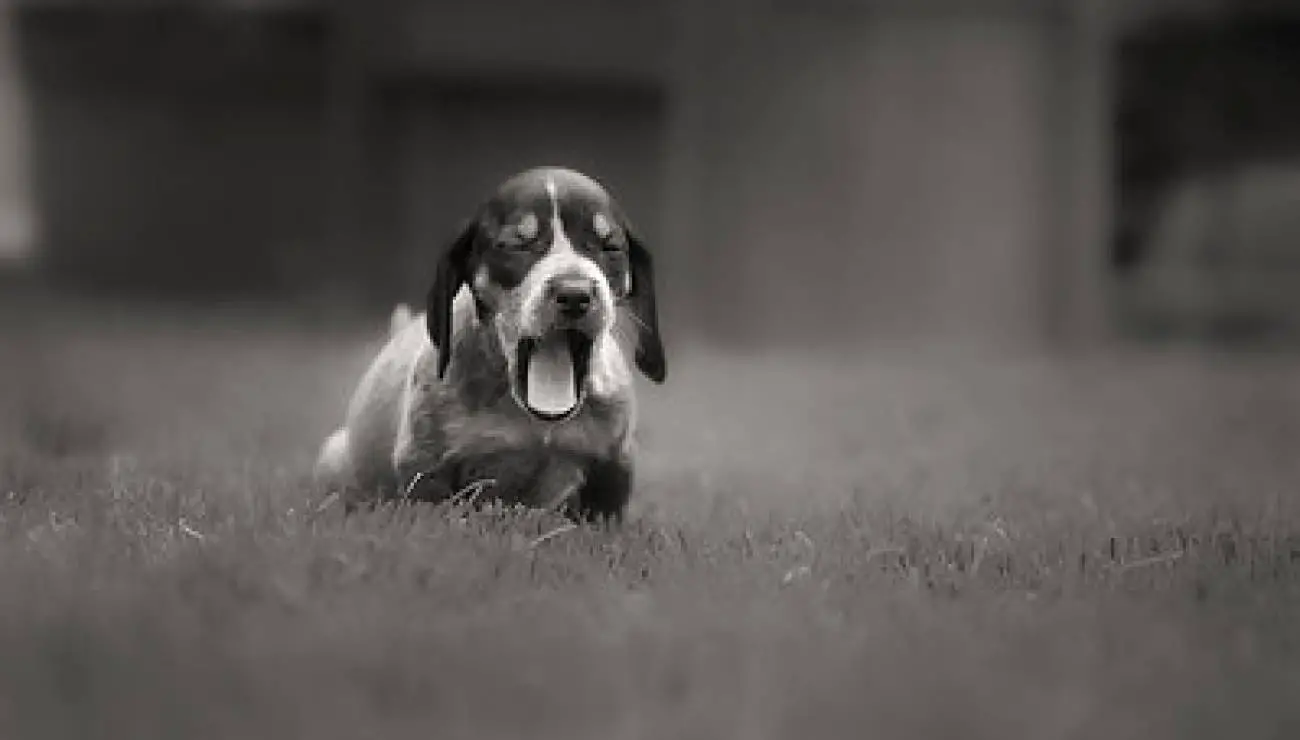
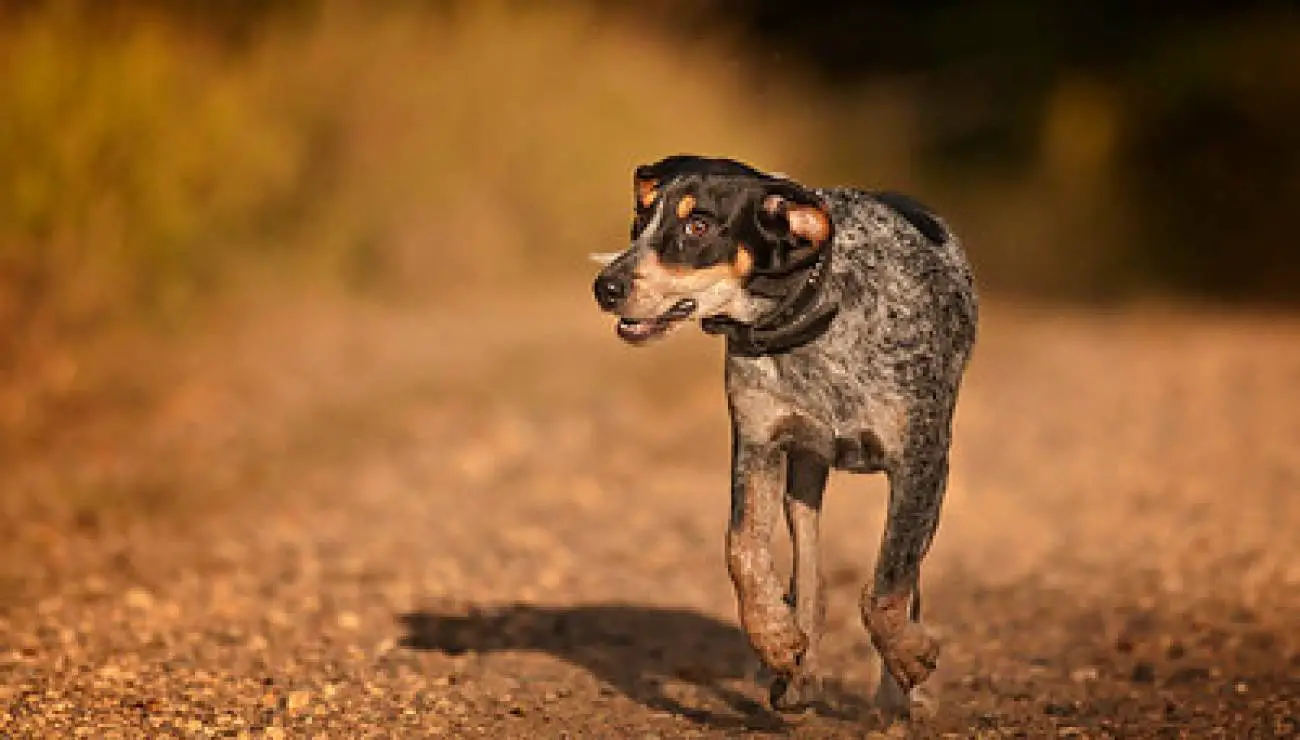
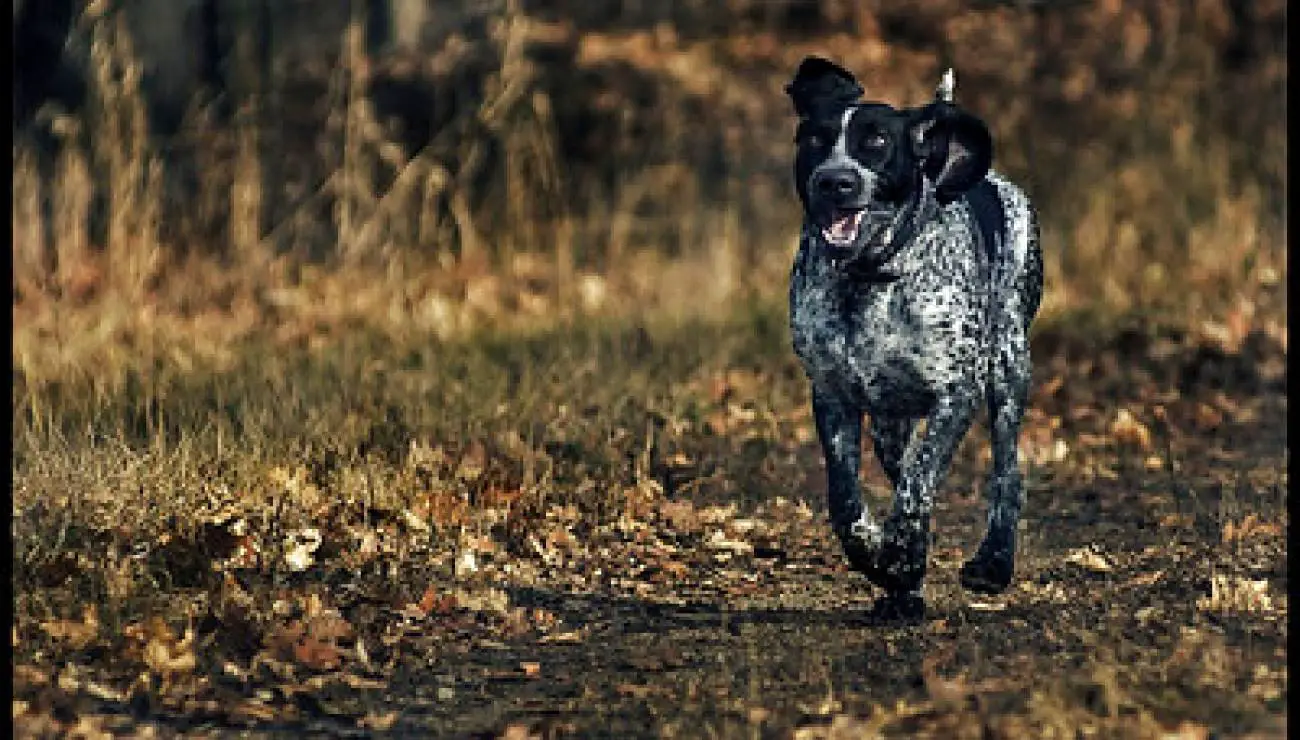
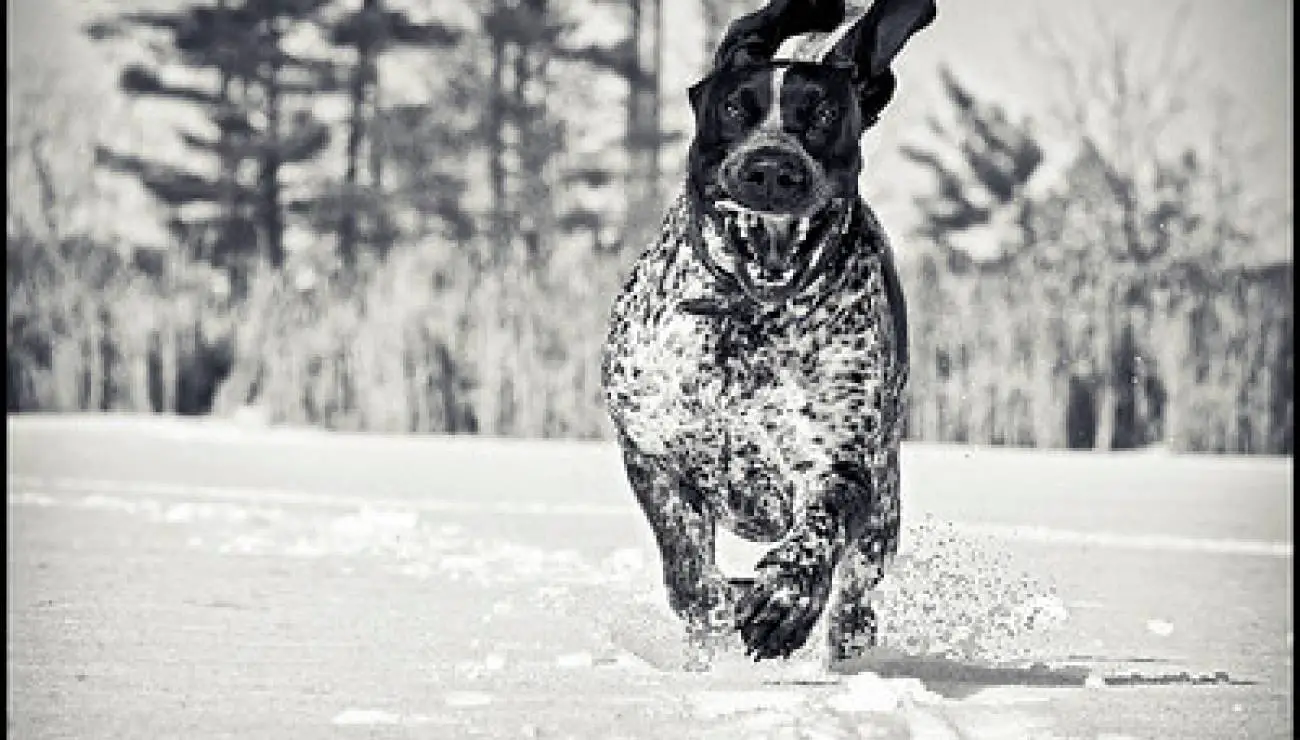
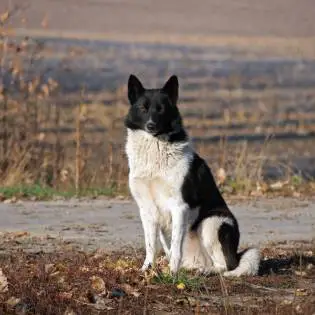
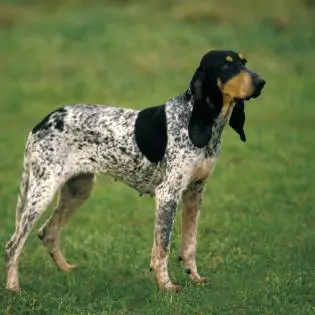
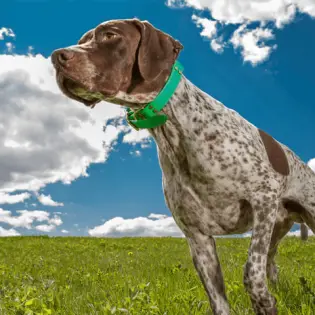
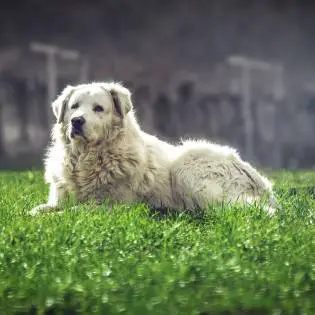
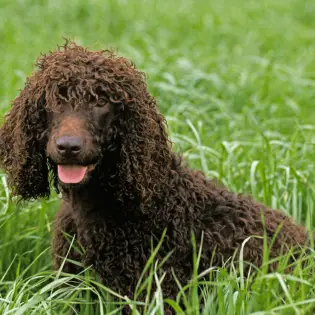
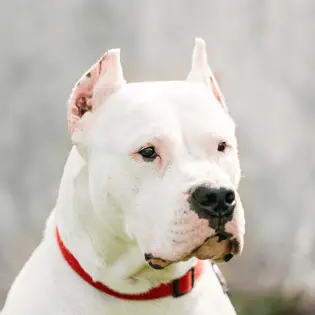
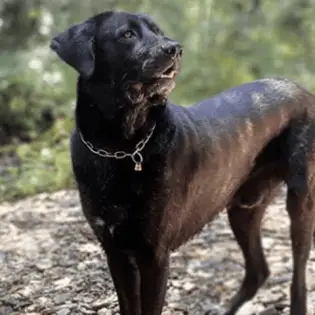
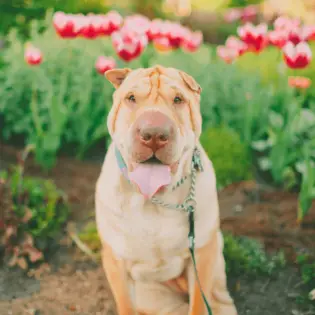
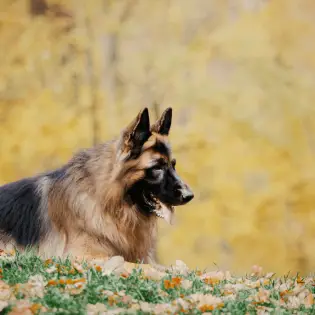


Share